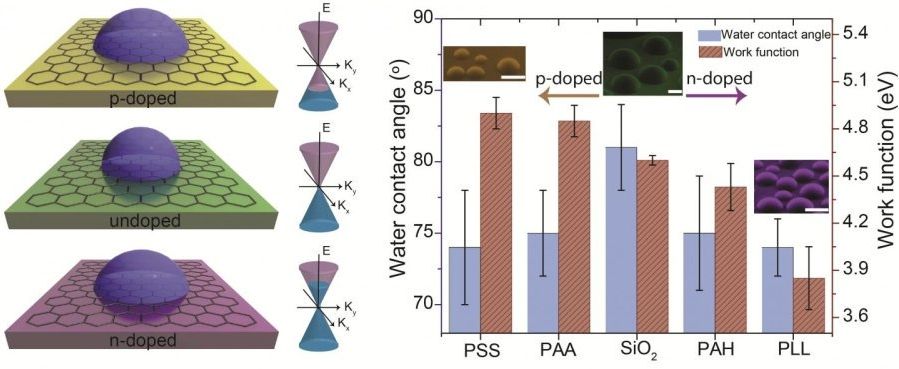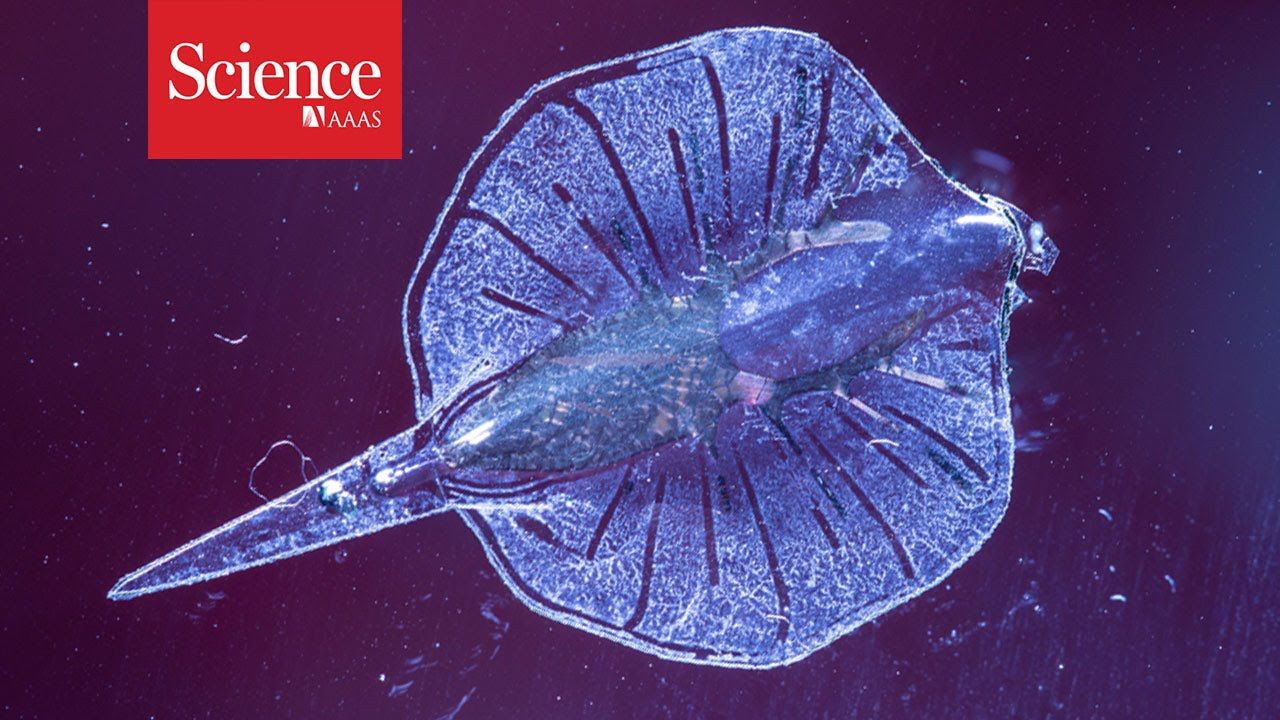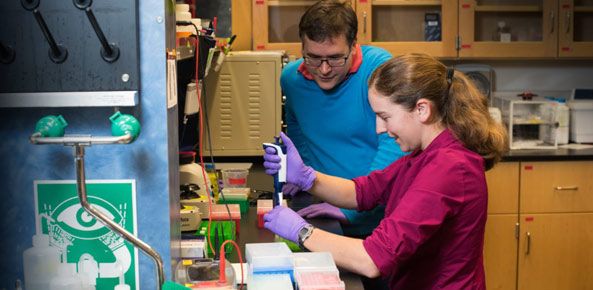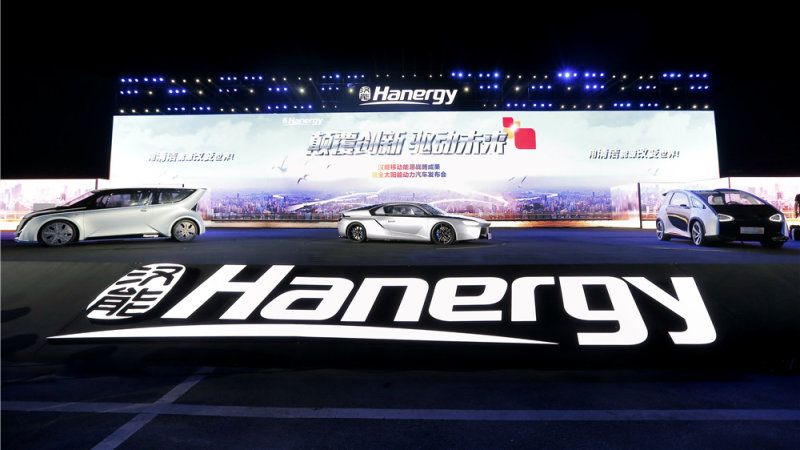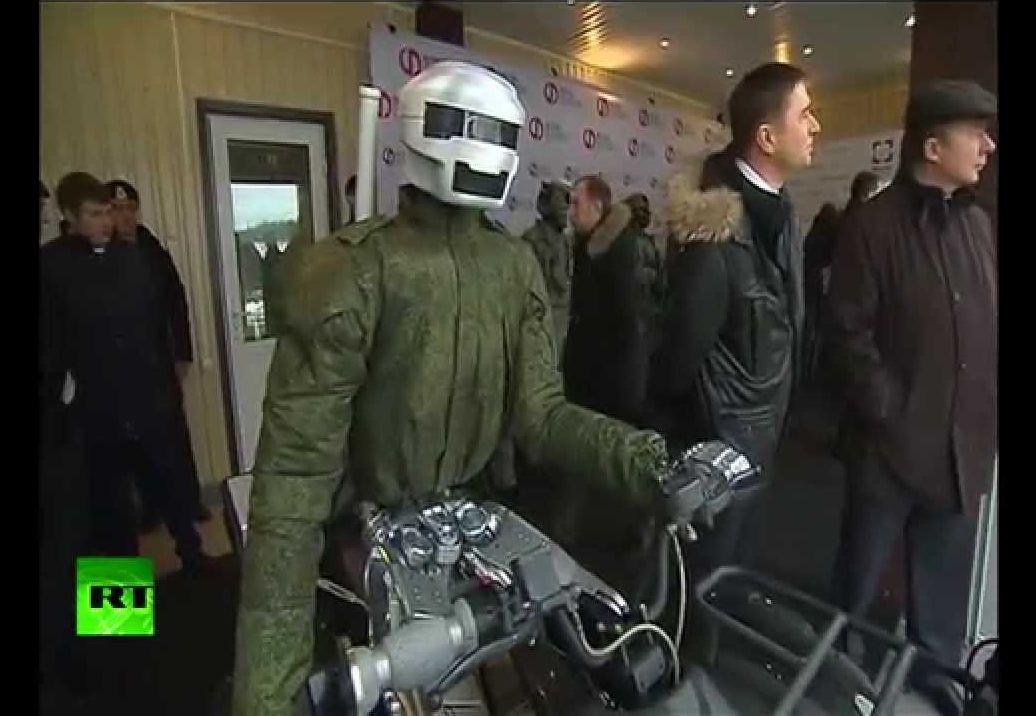IARPA is interested in proposals ranging four broad topics – anticipatory intelligence, analysis, operations and collection – to better integrate intelligence.
Nice.
“Our study suggests for the first time that the doping-induced modulation of the charge carrier density in graphene influences its wettability and adhesion,” explained SungWoo Nam, an assistant professor in the Department of Mechanical Science and Engineering at Illinois. “This work investigates this new doping-induced tunable wetting phenomena which is unique to graphene and potentially other 2D materials in complementary theoretical and experimental investigations.”
Graphene, being optically transparent and possessing superior electrical and mechanical properties, can revolutionize the fields of surface coatings and electrowetting displays, according to the researchers. A material’s wettability (i.e. interaction with water) is typically constant in the absence of external influence and are classified as either water-loving (hydrophilic) or water-repelling (hydrophobic; water beads up on the surface). Depending on the specific application, a choice between either hydrophobic or hydrophilic material is required. For electrowetting displays, for example, the hydrophilic characteristics of display material is enhanced with the help of a constant externally impressed electric current.
“What makes graphene special is that, unlike conventional bulk materials, it displays tunable surface wetting characteristics due to a change in its electron density, or by doping,” said Ali Ashraf, a graduate student researcher and first author of the paper, “Doping-Induced Tunable Wettability and Adhesion of Graphene,” appearing in Nano Letters. “Our collaborative research teams have discovered that while graphene behaves typically as a hydrophobic material (due to presence of strongly held air-borne contamination on its surface), its hydrophobicity can be readily changed by changing electron density.
Biocomputing/ living circuit computing/ gene circuitry are the longer term future beyond Quantum. Here is another one of the many building blocks.
The tiny molecule responsible for transmitting the genetic data for every living thing on earth could be the answer to the IT industry’s quest for a more compact storage medium. In fact, researchers from Microsoft and the University of Washington recently succeeded in storing 200 MB of data on a few strands of DNA, occupying a small dot on a test tube many times smaller than the tip of a pencil.
The Internet in a Shoebox.
Despite the small space occupied by the DNA strands, the researchers were nonetheless able to successfully store and retrieve high-definition digital video, the top 100 books from Project Guttenberg, and copies of the Universal Declaration of Human Rights in more than 100 languages.
New method for solar cells.
New solar cells could lead to improved light-emitting diodes, lasers and sensors.
 Mercouri G. Kanatzidis.
Mercouri G. Kanatzidis.
EVANSTON, Ill. — A new type of two-dimensional-layered perovskite developed by Northwestern University, Los Alamos National Laboratory and Rice University researchers will open up new horizons for next-generation stable solar-cell devices and new opto-electronic devices such as light-emitting diodes, lasers and sensors.
Cats are definitely smarter than dogs if this is true. Guess I should change my cat’s name from Dusty to Einstein or maybe Julius.
New research suggests that your cat might actually have a handle on some very basic physics, and can use it to help them hunt down hidden prey.
If the thought of your cat being better than you at physics — as well as being allowed to sleep all day — is getting you down, don’t worry, because we’re talking very simple cause-and-effect concepts here, and they only work when paired with cats’ extraordinary hearing and eyesight.
The research, led by scientists from Kyoto University in Japan, was following on from an earlier study that showed cats could predict whether or not an opaque container would have an object inside, based on whether it rattled or not.
Definitely could be tied to and explain some of IARPA’s investment in predictive systems “Robots to determine outcome of future wars: Russian army’s tech chief”
Robots will replace conventional soldiers on the battlefield in the future, says the Russian military’s tech chief.
“I see a greater robotization [of war], in fact, future warfare will involve operators and machines, not soldiers shooting at each other on the battlefield,” RT quoted Lieutenant General Andrey Grigoriev, the head of Russia’s Advanced Research Foundation (ARF), as saying on Wednesday.

